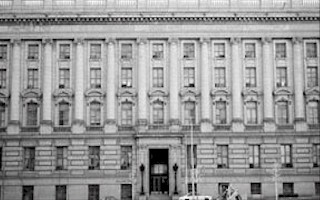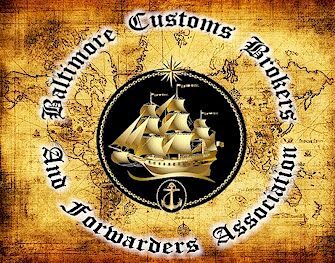The United States Customs House is considered one of the Nation’s finest examples of Beaux-Arts architecture. Its monumental and Classical design symbolized the commercial glory of America and the Port of Baltimore. Baltimore’s original customs office was chartered in 1786, three years before the creation of the United States Customs. The present building replaced the quarters of the United States Customs that had existed from 1820-1900 on the same site in the Merchant’s Exchange, a building designed by Maximilien Godefroy and Benjamin H. Latrobe in 1816. In 1865 President Abraham Lincoln’s bier lay in state under the dome of the Merchant’s Exchange. The Call Room, where sea captains from around the world cleared their cargoes with customs officials, is decorated with murals by Francis Davis Millet. They depict a fleet of ships entering the harbor of Baltimore and an accurate visual history of the evolution of navigation. Considered to be among Millet’s finest, and a major significance in the history of American mural painting, the murals have recently been restored to their original splendor. The Customs House, which was converted into Federal offices in 1953, was designated as a “United States Custom’s Historical Landmark” on January 18, 1972, and was listed on the National Register of Historic Places on February 15, 1974.

